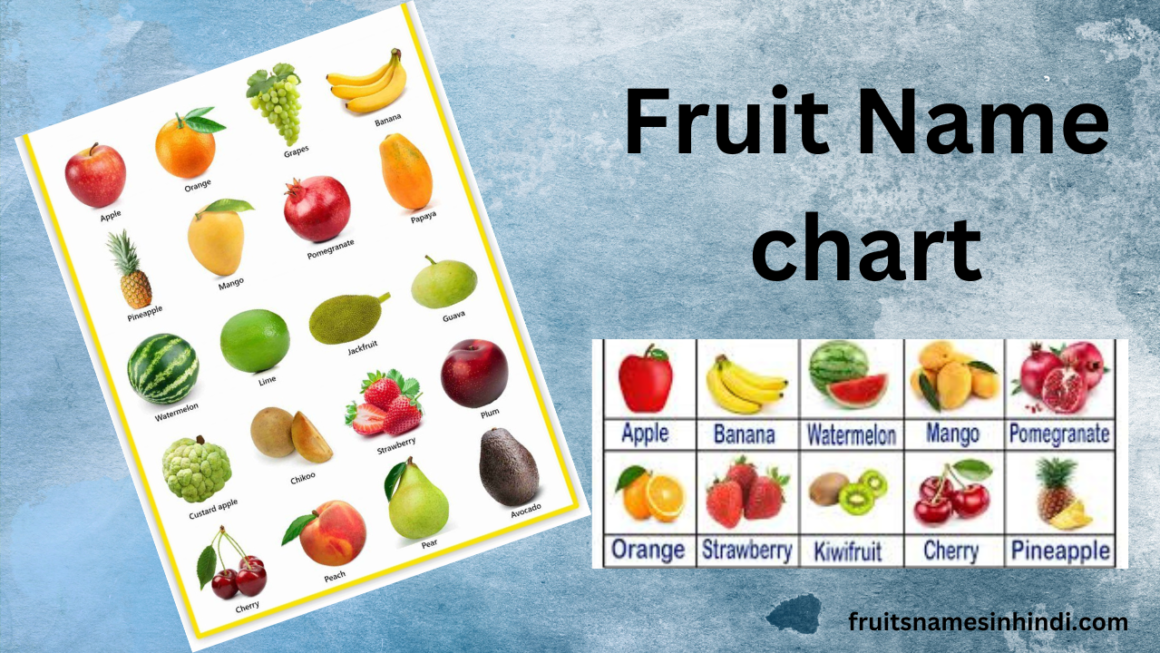Introduction to Fruits Name in Tamil and English:
What Makes the Tamil Language so Rich
-
Historical Significance:
Tamil is accepted as one of the classical languages in India that comes with recognition of its antiquity and tradition. It is assumed that the language was established not later than 2,500 years ago. Although some researchers point at even earlier time. Tamil has gained the status of classical language due to its rich and long history of literary works where information about the socio-cultural and political scenario of the ancient Tamils can be gathered.
-
Linguistic Structure:
Tamil language is appreciated for its highly complex syntactical construction and the variety of phonemes. It has 247 characters, 12 of them being vowels, 18 consonants, and one character called āytam It uses both inflection and affixation to form new words and expressions.
-
Cultural Pervasiveness:
Tamil language is spoken in Malaysia, Singapore and South Africa as well. The language has evolved according to the regions as well as other factors and yet the basic format and the terms have remained preserved, therefore proving its flexibility.
Fruits Name In Tamil with Images:
(ஆப்பிள் – Āppiḷ), (வாழைப்பழம் – Vāḻaippaḻam), (மாம்பழம் – Māmpaḻam), Grapes (திராட்சைப்பழம் – Tirāṭcaippaḻam) and (ஆரஞ்சு – Ārañcu)are names of some fruits in Tamil.
Exotic and Lesser-Known Fruits:
Pomegranate (மாதுளை – Mātuḷai): Pomegranate seeds are very good antioxidants, thus helping human body alot.
Fig (அத்தி – Atti): Fig is a very nutritious fruit. People like to eat it in dried as well as fresh form. it is very healthy in various forms.

Papaya (பப்பாளி – Pappāḷi): Papayas, or “பப்பாளி,” are tropical fruits with orange flesh and black seeds. Having Vitamin c richness they are effective in skin health and digestion.
Seasonal Fruits and Their Significance:
Summer (March to June)
some of the delicious fruits in summer season are:
Watermelon (தர்பூசணி – Tarbūcaṇi): Water of this fruit is a treat in such a hot weather giving refreshing vibes.

Monsoon (July to September)
Peaches (பீச்சு – Pīccu): Another Monsoon fruit is Peach, having a different taste and texture. It has Vitamin A and C that is good for skin.

Autumn (October to December)
Guavas (கொய்யாப்பழம் – Koyyāppaḻam): guava seeds are best. people like to eat it raw, resh and in juice form also.

Winter (January to February)
Oranges (ஆரஞ்சு – Ārañcu): Juicy oranges are refreshing to eat in winters. Vitamin C in it is very effective.

Treatment of Diseases with Fruits:
Medicine is made by many fuits. These fruits are as follows
Amla (நெல்லிக்காய் – Nellikkāy)
Nutritional Profile
amla is used to treat hair problems and other health problems.
Medicinal Properties
Immunity Booster: Amla is instant immunity booster.
Digestive Health: Its very effective for constipation and other digestive problems.
Detoxification: Amla cleans blood and liver also.
Skin and Hair Care: Hair grows very healthy by using Amla
Traditional Uses:
In Siddha Medicine, Amla is employed in the making of chyawanprash and triphala and other forms also. Raw, juice or in the form of a powder is also consumed.
Bael (வில்வம் – Vilvam)
Nutritional Profile:
Its a wood apple that has mixed nutrients benefiiting health.
Medicinal Properties:
Digestive Aid: In Diarrhea treatment, Beal is very effective.
Respiratory Health: Asthma and other such diseases can aldso be treated with Bael.
Anti-diabetic: Very effective in controlling sugar.
Cardiovascular Health: Heart diseases can also be treated by thi fruit.
Traditional Uses:
It is considered to be highly useful in Siddha Medicine and mostly consumed in the form of juice, powder, and as a mixture in other medicines or food products. It is also taken raw with the pulp considered to have many health benefits being recommendable to be taken with the pulp.
Neem Fruit:
Neem fruit is also known as Azadirachta Indica and its Tamil name is வேம்பின் பழம் – Vēmpiṉ paḻam.
Nutritional Profile
Neem fruit is packed with antioxidant, vitamins and essential fatty acid. It has been reported to have very strong healing power and this plant is applied in herbal remedies.
50 Fruits Name In Tamil:
Mango (மாம்பழம் – Māmpaḻam):
The mango, with its sweet allure, finds mention in love poems. It symbolizes desire, sensuality, and the richness of life.
Pomegranate (மாதுளை – Mātuḷai):
Pomegranates, with their jewel-like seeds, evoke passion and hidden secrets. They appear in verses celebrating love and longing.

Fruits in Epic Narratives:
-
Silappathikaram (Cilappatikaram)
Written by Prince Ilanko Adikal (Ilango Adigal), Silappathikaram tells the tale of Kovalan, Kannagi, and Matavi. Kovalan’s love for the courtesan Matavi leads to his ruin and exile. In Maturai, he is unjustly executed for a theft he didn’t commit. Kannagi, his faithful wife, proves his innocence and wreaks vengeance by tearing off her breast and setting Maturai ablaze.
Fruits in Silappathikaram:
The story includes delicious fruits like mangoes and Pomegranate.
Fruits Name in Tamil in Modern Tamil Literature
Contemporary Exploration:
Modern Tamil literature continues to engage with fruits as symbols, metaphors, and cultural markers. Writers infuse their works with the essence of fruits—sometimes as nostalgia, sometimes as resilience.
Conclusion:
Fruits name in tamil linguistic richness and its timeless literary heritage connect us to ancient wisdom and the beauty of expression. these Tamil fruit names connect us to cultural traditions and highlight the diversity of our language.


